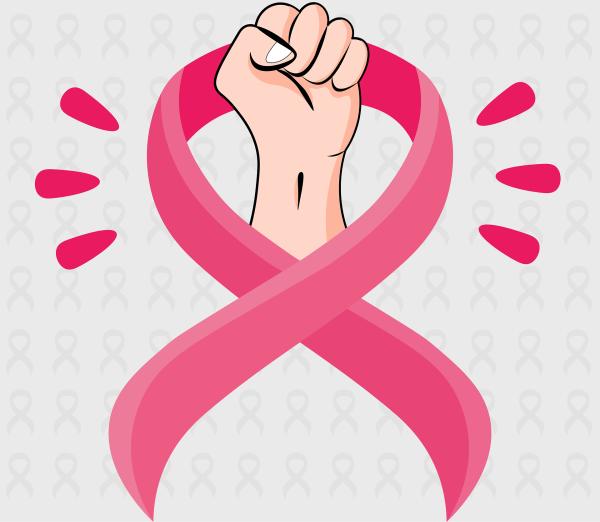Breast cancer affects 1 in 8 women, a staggering statistic; however, it is a treatable disease with effective screening. Over 3.8 million breast cancer survivors are thankfully able to tell their stories and spread awareness of the inspiring triumphs that we have experienced in battling this disease across America. [1]
We have seen terrific advancements in mammography accuracy, particularly 3D mammography, which combines multiple breast x-rays to create a three-dimensional picture of the breast. This allows radiologists to identify cancers that would not have been detected ten years ago with a standard mammogram. Despite knowing that mammography is the single most effective method of early breast cancer detection, according to the 2015 National Health Interview Survey, only 50% of women 40 years of age and older reported having had a mammogram within the past year, and 64% reported having a mammogram in the past two years [2]. These percentages have improved from 30 years ago, but we must do better at stressing the importance of screening – vigilance is essential to survival.
There has been tremendous progress in providing more targeted therapies for our patients, both in the medical and surgical realms. Surgically, we now have innovative devices placed into the breast pre-operatively and subsequently detected in the operating room, to precisely remove cancer tissue while preserving surrounding breast tissue. In the world of medical oncology, there are medications targeted against specific receptors on a breast tumor, eliminating the cancer with fewer side effects.
Just this past year, the FDA approved a drug called Tucatinib that has had excellent results in patients with her-2 positive breast cancers resistant to previous chemotherapy treatments. For breast cancer patients with tumor spread outside the breast, the world of immuno-oncology has been an exciting treatment modality. Immunotherapy takes advantage of the body’s immune system to fight cancer, and, in the past two years, studies of this new application have shown promising results. The ultimate goal is, of course, a cure, but we are certainly seeing longer progression-free survival rates as compared to even just a few years ago.
Perhaps the most exciting advancement is in the world of genomics. Traditionally, doctors would look at breast cancers under a microscope and make treatment decisions based on how the tumor cells look – descriptive morphology. As a result of the TAILORx trial published in NEJM in 2018 [3], we can now use predictive multi-gene testing to identify patients with a low risk of recurrence, sparring a large proportion of patients’ cytotoxic chemotherapy. Reliance on genomic profiles and their predictive use has increased during the COVID pandemic increasing the initial use of hormone manipulation for patients with lower-risk of recurrence. Cancer genomics and genetics are in their infancy, making it an exciting time to treat our breast cancer patients.
With these tremendous advancements in the field of breast cancer, it is critical to ensure that these new technologies and medications are available to all patients, especially our underserved population. The COVID 19 pandemic has reduced health resources in all areas of medicine, but we cannot allow any of our breast cancer patients to be left behind. Prevention and treatment are critical, and this month is an excellent opportunity to spread awareness to patients across the world. Let us unite together and cure this largely treatable disease!
Sources: [1] Breast Cancer Statistics And Resources.
[2] National Center for Health Statistics. National Health Interview Survey, 2015.
[3] Adjuvant chemotherapy guided by a 21-gene expression assay in breast Cancer New England Journal of Medicine DOI: 10.1056/NEJMoa1804710




